Currently, Phuoc Ha commune has 2,330 households with 9,931 people living in 8 villages, of which Raglai people have 971 households with 3,971 people. We had the opportunity to attend the new rice harvest celebration of the Raglai people in Phuoc Ha commune. The ceremony vividly recreated the new rice harvest celebration ritual of the Raglai people to mark the end of a production cycle, thanking the gods for giving a good and bountiful harvest. At the same time, praying for the gods to continue to give better things in life and the upcoming harvest. Meritorious Artisan Ta Thia Banh, former Party Secretary of Phuoc Ha commune, said that the new rice harvest celebration of the Raglai people was included in the List of National Intangible Cultural Heritage by the Ministry of Culture, Sports and Tourism. This is the honor and pride of the Raglai people in preserving good customs with profound spiritual meaning passed down through many generations.
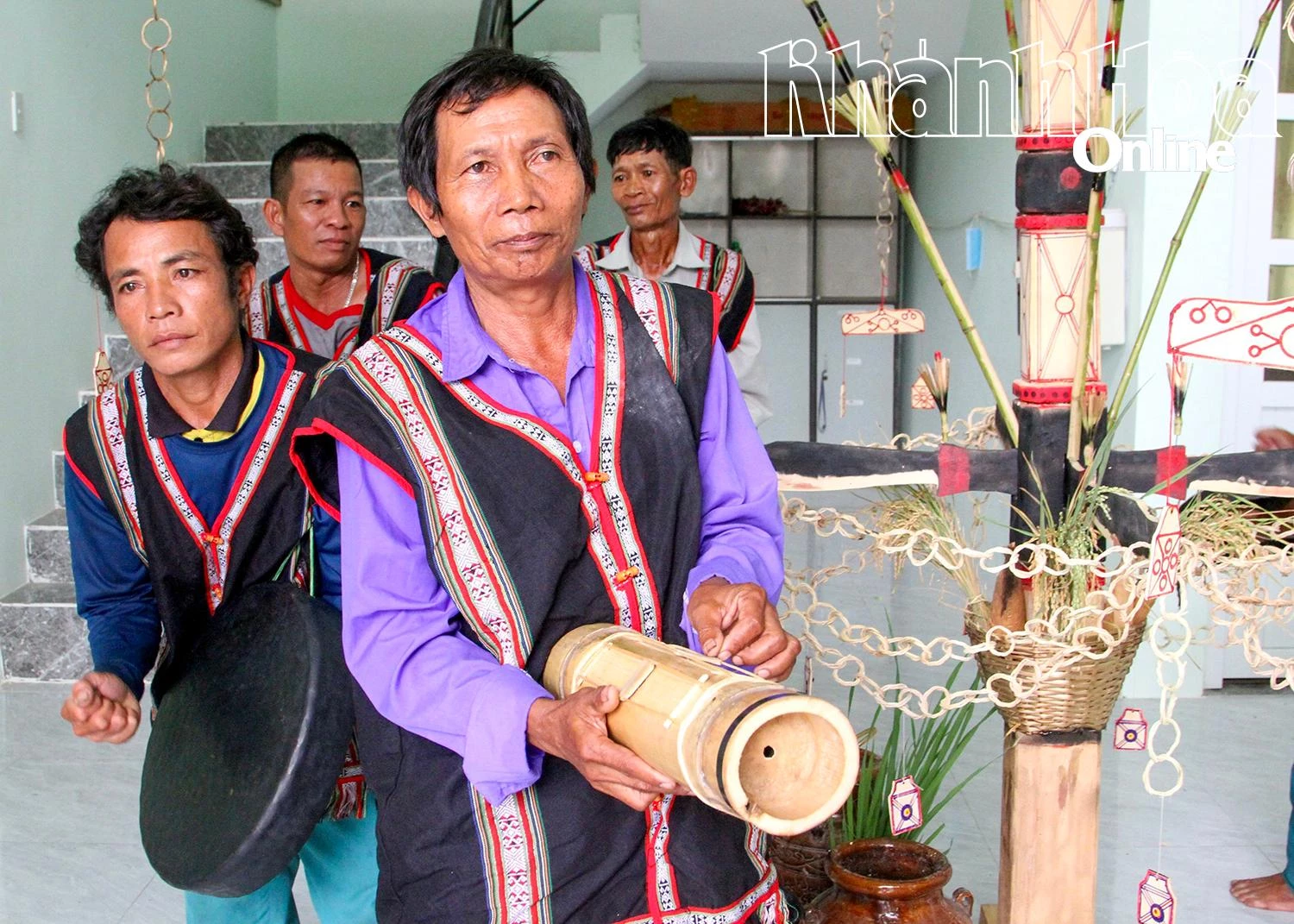 |
| Artisans of Phuoc Ha commune perform musical instruments to celebrate the new rice harvest ceremony. |
Previously, the new rice celebration ceremony was organized on a family or clan scale, and could take place annually or every few years depending on economic conditions; the time to celebrate the new rice also depended on the family. Realizing that the new rice celebration ceremony is of special importance in folk religious life, since 2021, the Party Committee and the government of Phuoc Ha commune have mobilized families and clans to organize it uniformly on the occasion of the Lunar New Year every year. This is the time when the harvest is finished, children working and studying in other places return to their hometowns to celebrate Tet and participate in the new rice celebration ceremony. Up to now, the whole commune has 10 clans performing the new rice celebration ceremony such as: Ta Thia, Ka Da, Ta Yen, O Rai, Ba Rau...
The ritual items for the new rice festival (Bbâk Akok Padai) are placed by the homeowner on three trays of offerings to the rice god, ancestors, and the ma la. Each tray has the same offerings, including: new rice, boiled chicken, boiled mountain crab, rice wine, chicken eggs, betel and areca nuts, tobacco, white wine, beads, cloth, bracelets, necklaces, poles, rattles, rice bran, betel leaf soup or papaya soup, and apec cakes. The apec cakes are soaked in upland rice overnight, roasted until golden brown, then pounded into cakes, and have an important meaning in the new rice festival offerings. The celebrant (kay tru) presents the offering tray and calls the rice god, mountain god, sun god, and ancestors to enjoy the new rice festival. The gods bless favorable weather, a good harvest, abundant livestock, a prosperous village, healthy families, and peaceful villages. While the master of ceremonies performs the worship ritual, the artists blow the gourd trumpet and beat the gong to the rhythm of “Ta a po mai” (music to invite the gods) with a lively and joyful rhythm. After performing the worship ritual, the master of ceremonies eats a bowl of new rice with soup and then invites the relatives present at the ceremony to eat rice and drink rice wine...
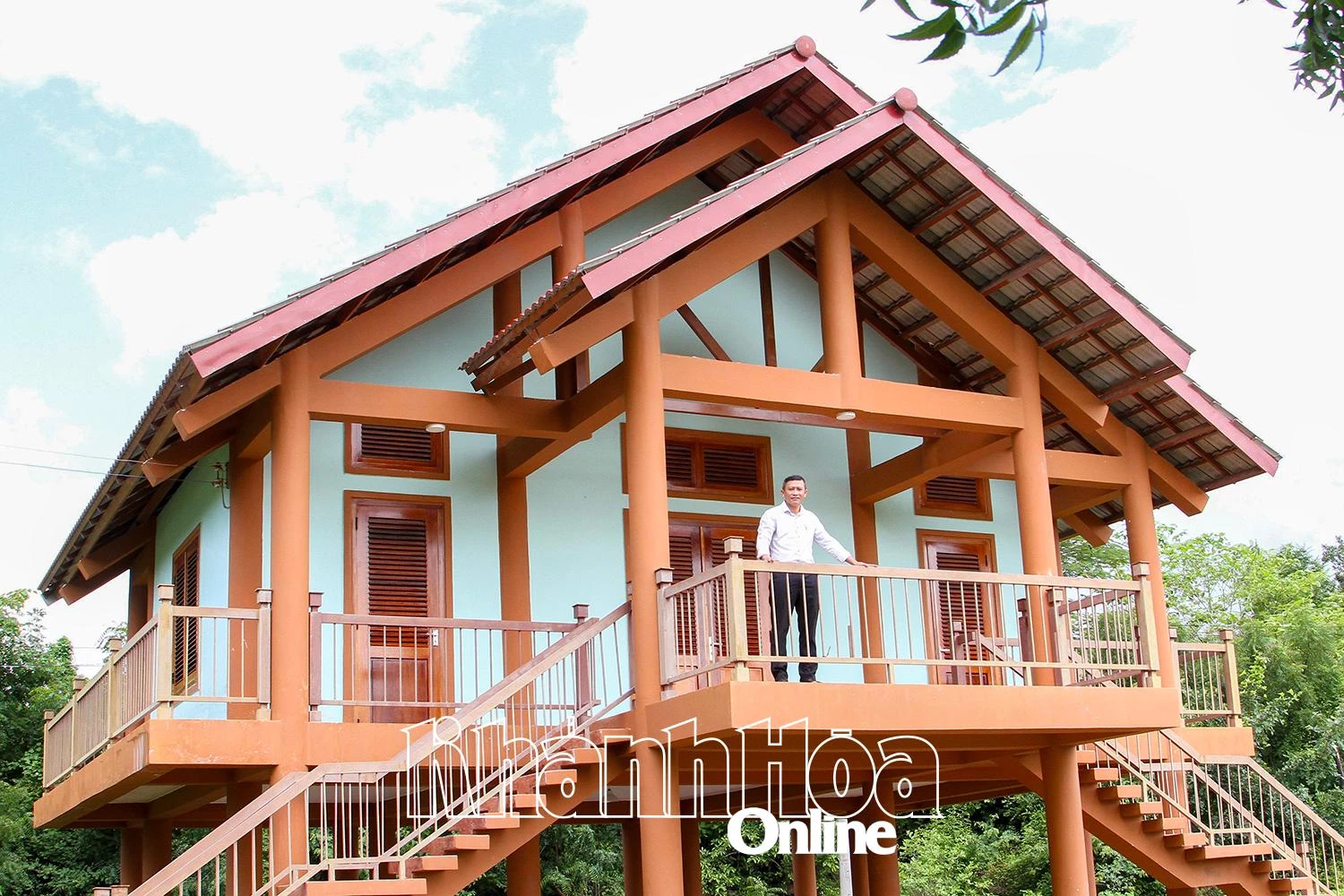 |
| The traditional house of the Raglai people in Phuoc Ha commune was invested in by the State to serve tourists. |
The new rice celebration takes place one night at the head of the clan’s house, from the previous afternoon to the next morning, the “Tó tra no” offering is held, the flag-lowering offering is held. The offerings for the flag-lowering ceremony include newly cooked rice, rice wine, and new chicken. The new rice celebration has a profound humanistic meaning, this is an occasion for relatives to meet and visit each other at the beginning of the new year, to reward their children for their high achievements in studying, to strengthen family ties, to help with business capital, and to ensure a prosperous family life.
Meritorious Artisan Ta Thia Banh said that over the years, he has promoted and mobilized cadres and people to preserve the good customs of the new rice celebration ritual; unified clans to organize the ritual on the occasion of Lunar New Year, attracting tourists to visit this cultural activity. Thereby, contributing to preserving and promoting the good traditional cultural identity of the nation, developing tourism in the province.
PROOF
Source: https://baokhanhhoa.vn/van-hoa/202507/doc-dao-le-an-mung-dau-lua-moi-cua-nguoi-raglai-8bc76f2/


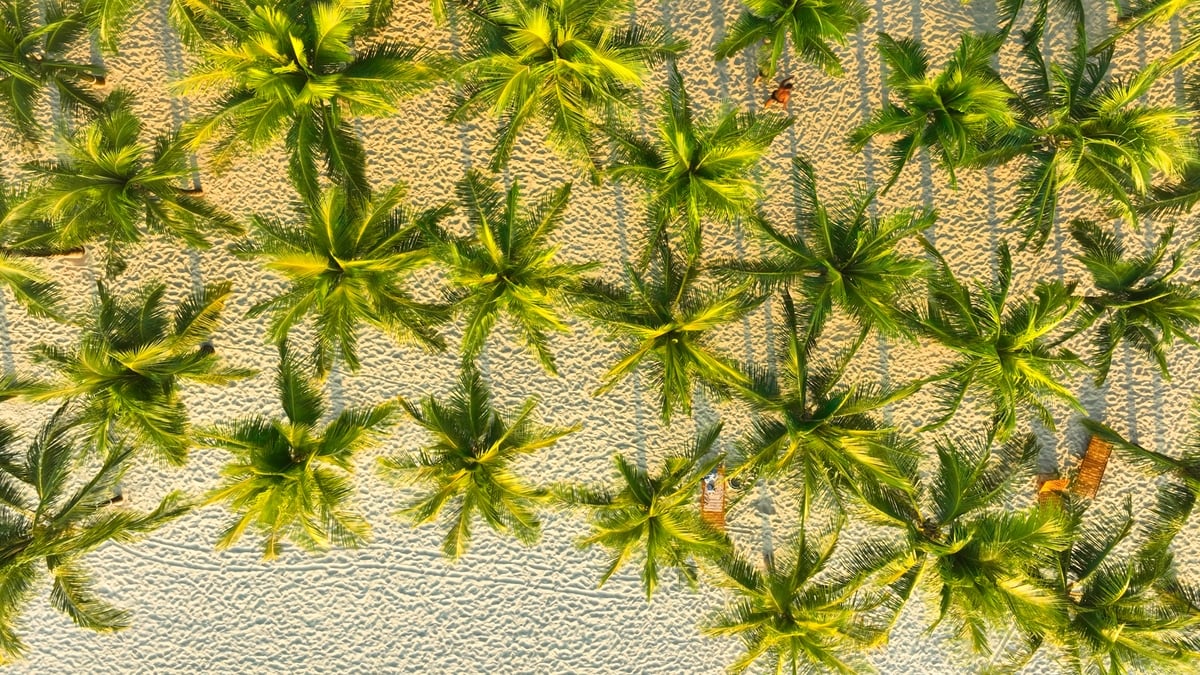


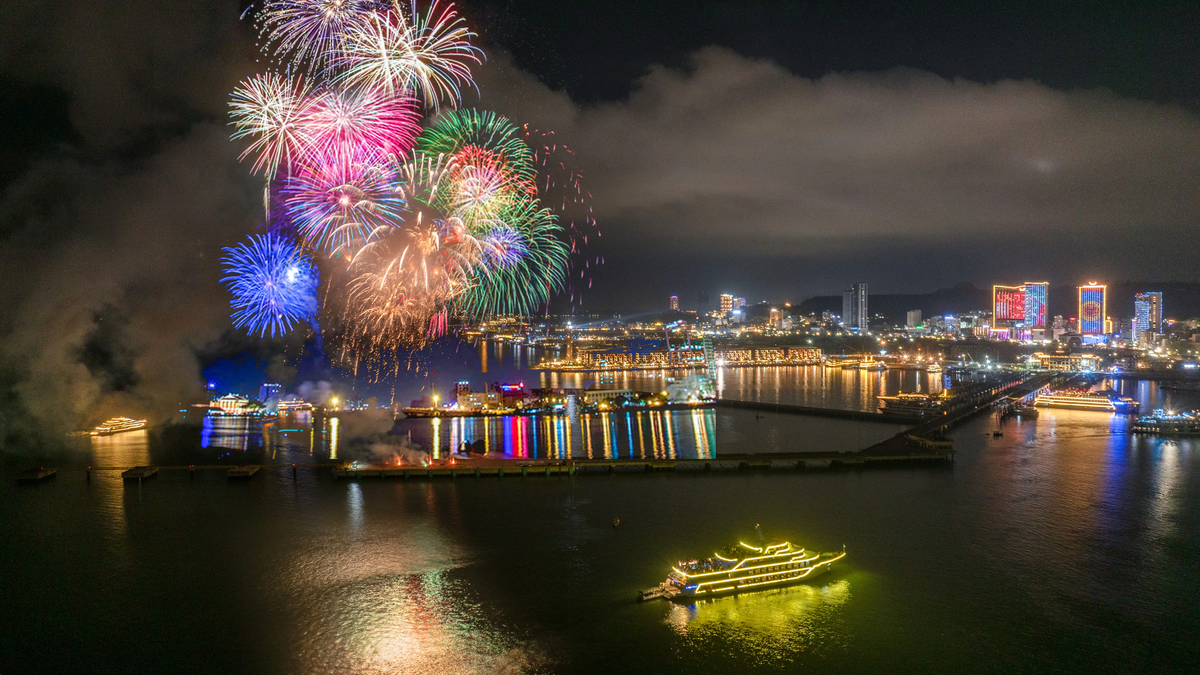




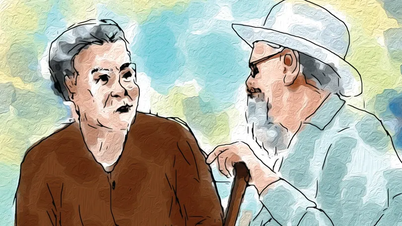

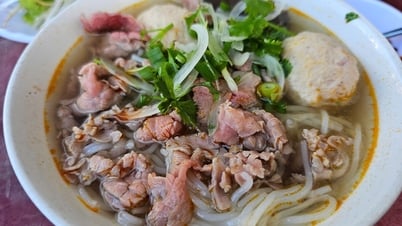

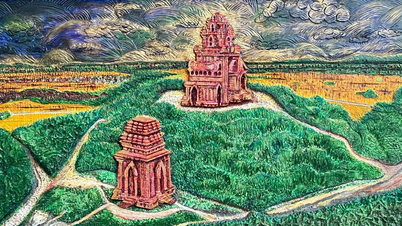

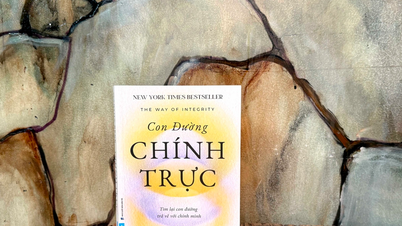
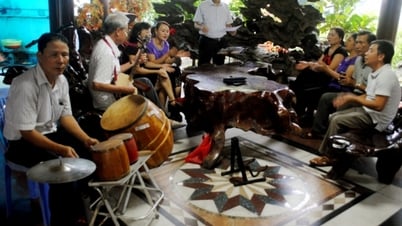





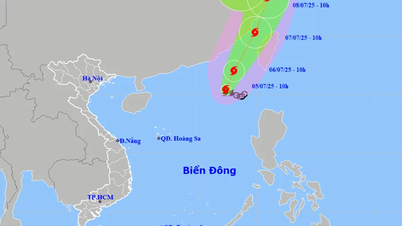
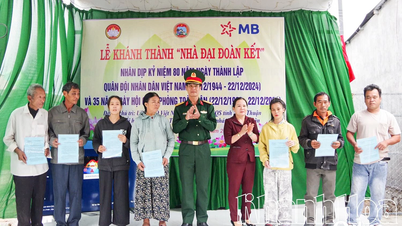



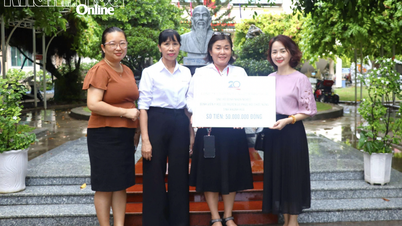





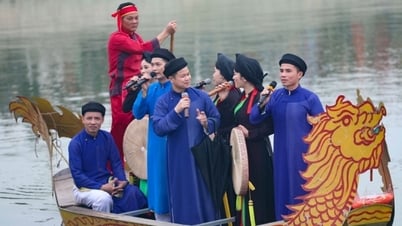



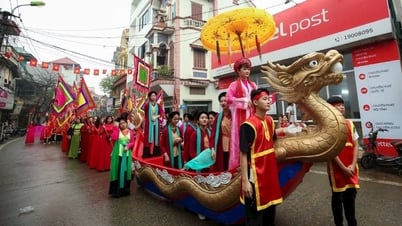

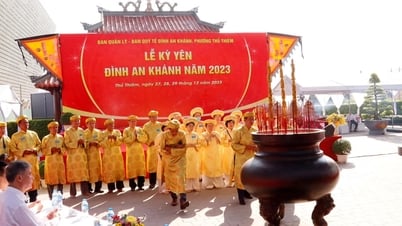

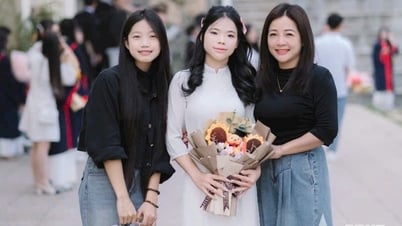

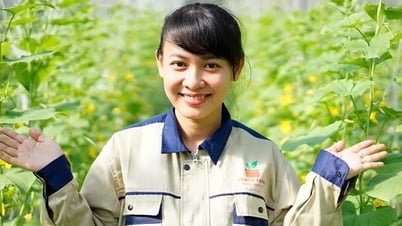



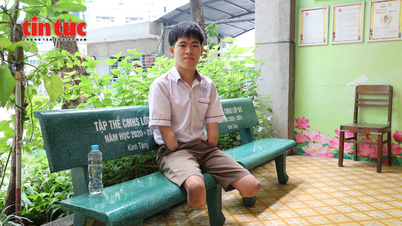

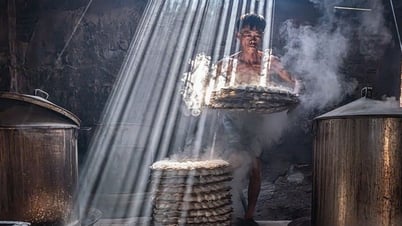



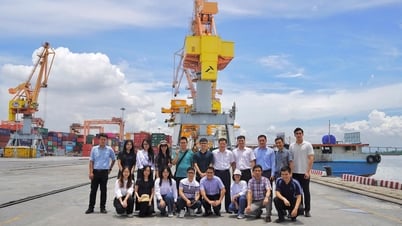


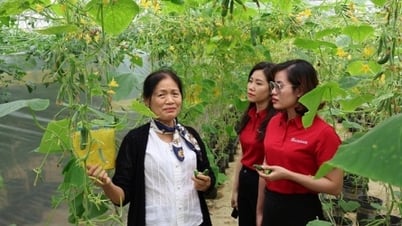


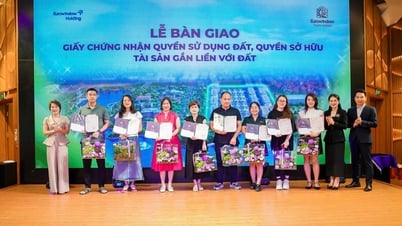





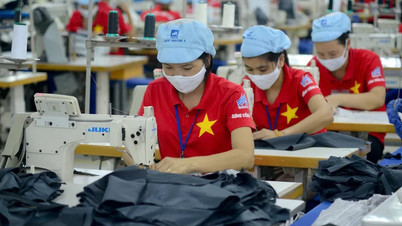





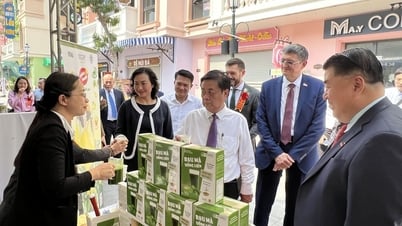

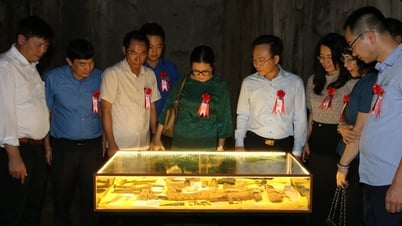


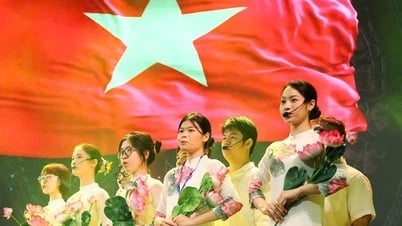
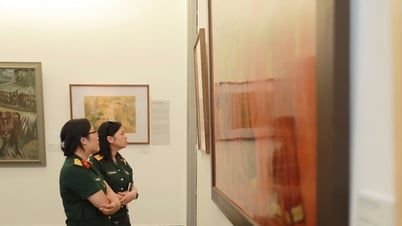
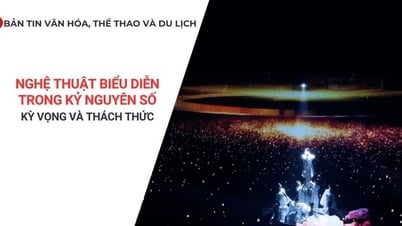
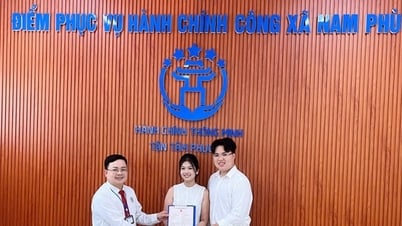

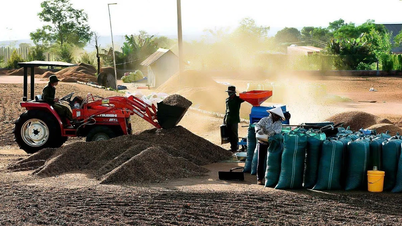


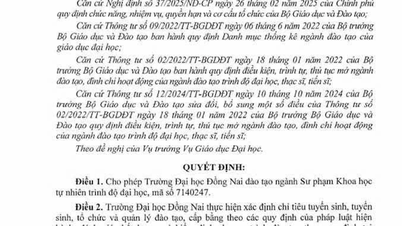

![[OCOP REVIEW] Bay Quyen sticky rice cake: A hometown specialty that has reached new heights thanks to its brand reputation](https://vphoto.vietnam.vn/thumb/402x226/vietnam/resource/IMAGE/2025/7/3/1a7e35c028bf46199ee1ec6b3ba0069e)


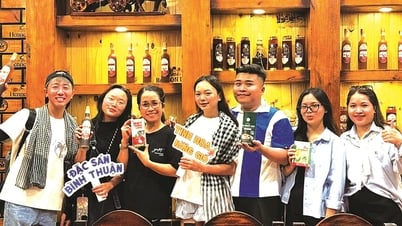

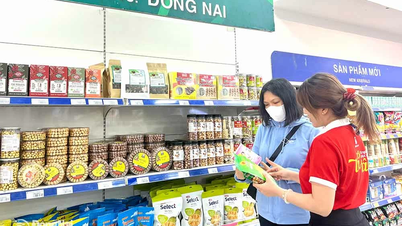



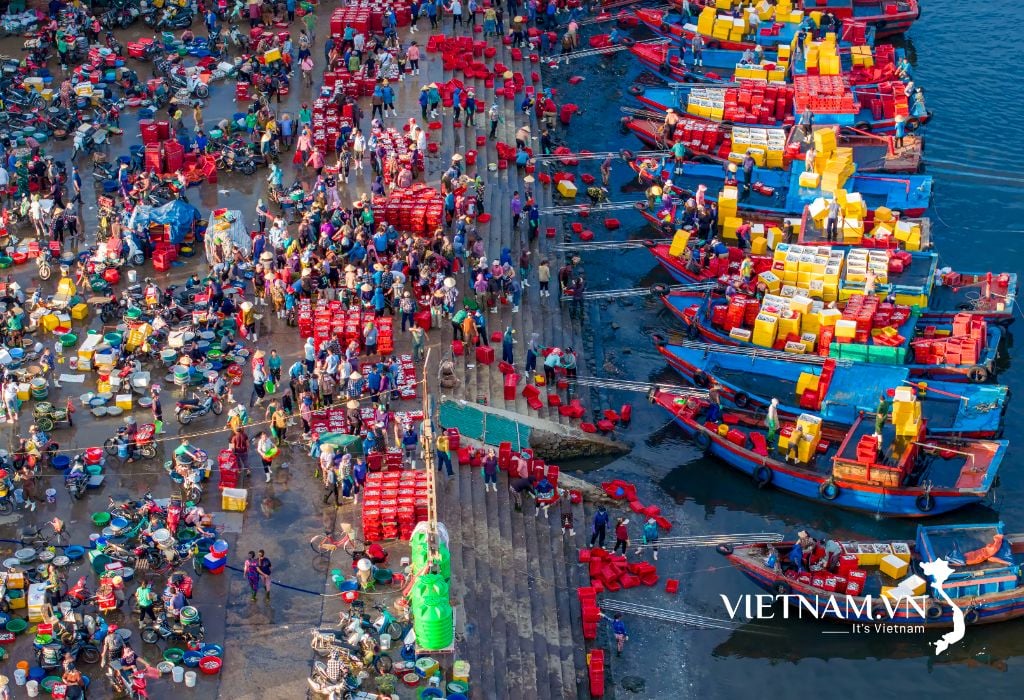
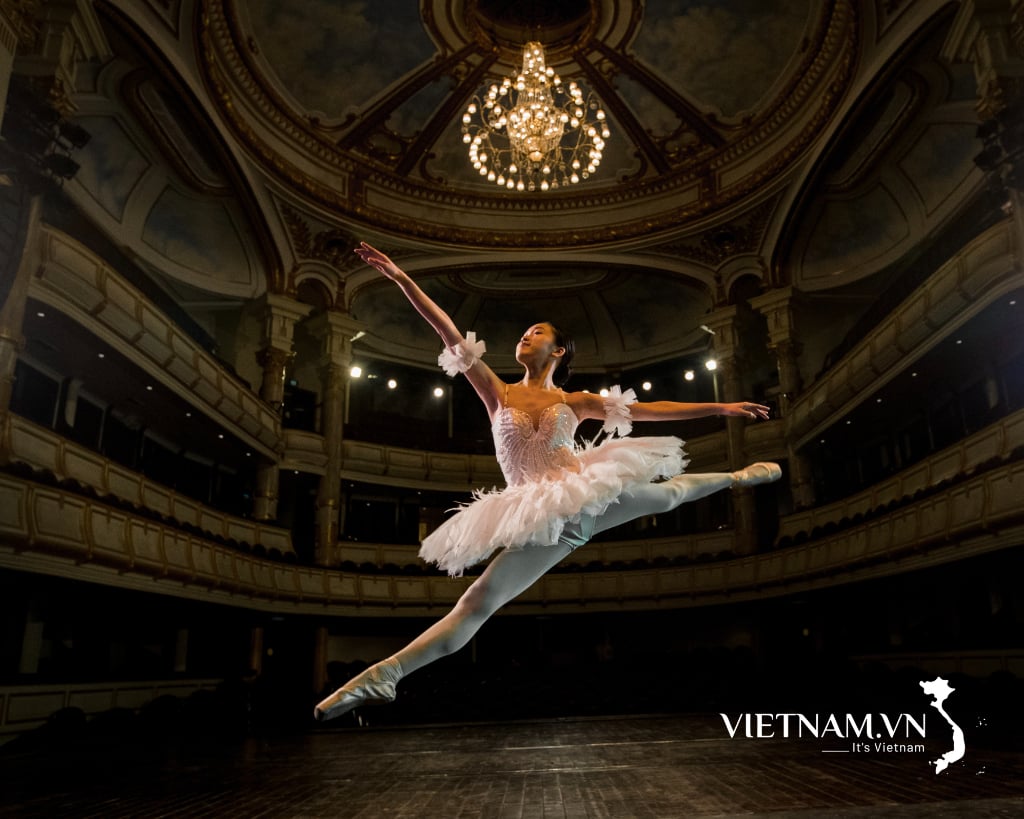
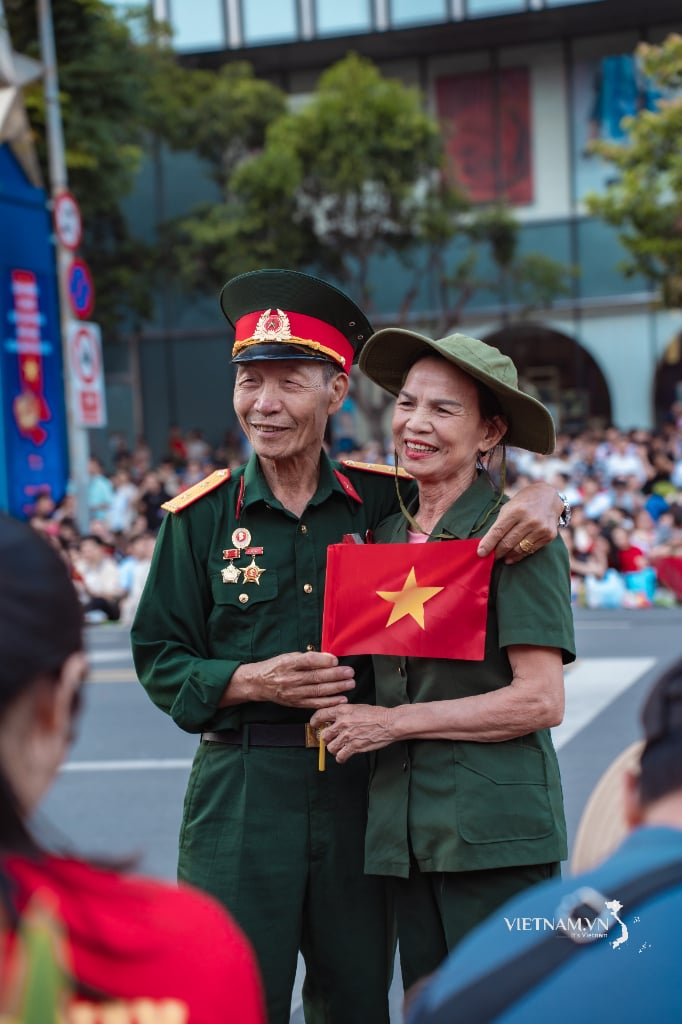
Comment (0)